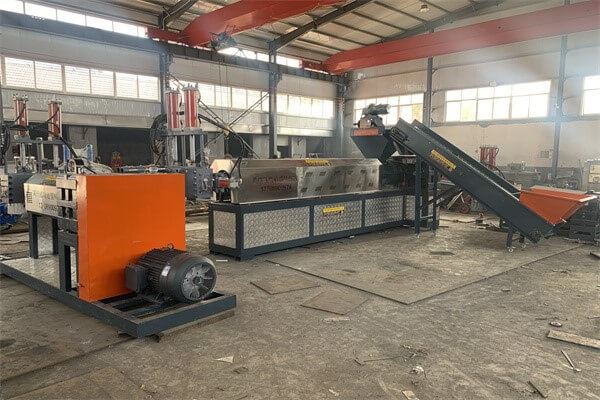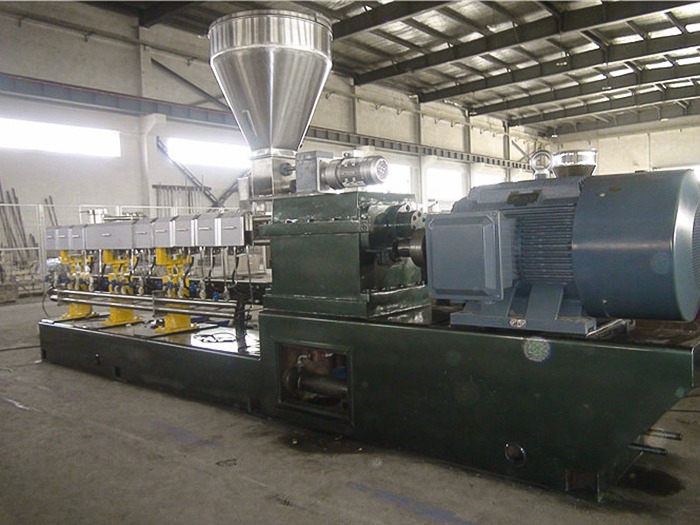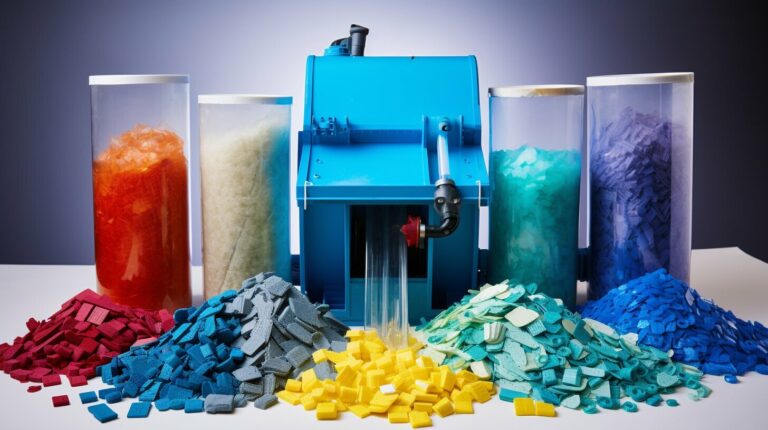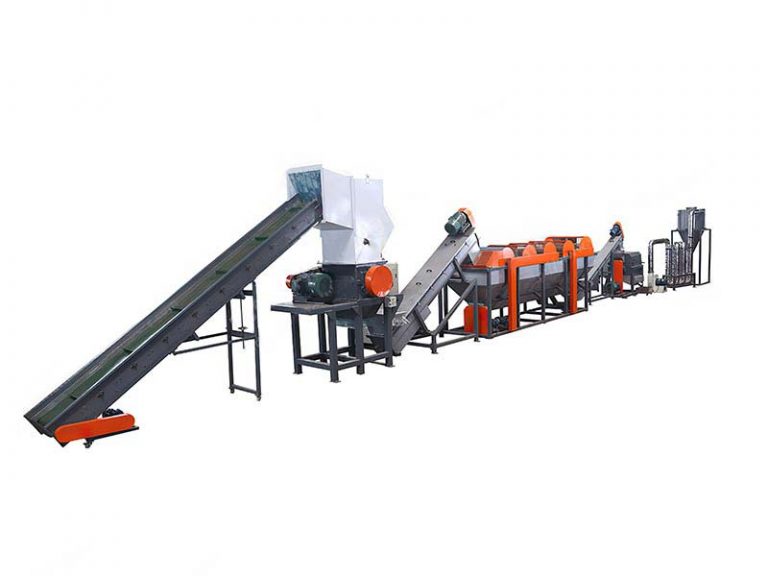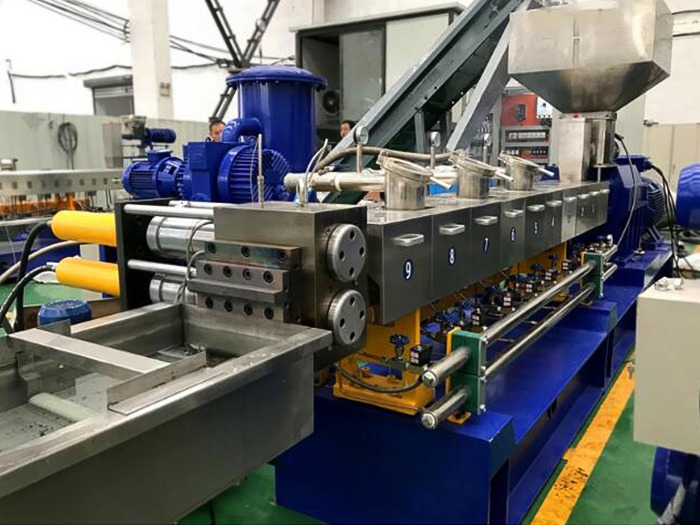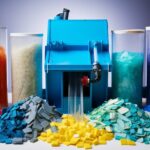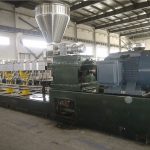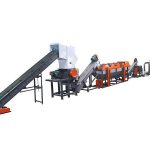The plastic pelletizing machine is an essential piece of equipment in the plastic recycling industry. With the increasing demand for sustainable solutions and the pressure on companies to reduce their carbon footprint, plastic recycling has become a crucial aspect of modern manufacturing.
Plastic pelletizing machines are designed to recycle waste plastic materials into high-quality pellets that can be used in various applications. They are designed to handle a wide range of plastic materials, including post-consumer waste, industrial waste, and agricultural waste. The machines can process different types of plastic materials, including PET, HDPE, LDPE, and PP, among others.
The Advantages of Using Plastic Pelletizing Machines
There are several advantages to using plastic pelletizing machines in the plastic recycling process. Firstly, they help to reduce the waste stream and minimize the amount of plastic that ends up in landfills. Secondly, they can significantly reduce the cost of plastic production by using recycled materials instead of virgin materials. Thirdly, they can provide a consistent, high-quality product that can be used in various applications, including packaging, textiles, and construction materials.
Additionally, plastic pelletizing machines are designed to be energy-efficient and to minimize waste. They can also be automated to increase efficiency and reduce labor costs.
The Different Types of Plastic Pelletizing Machines
There are several different types of plastic pelletizing machines available on the market, each with its own unique set of features and benefits. These include:
- Strand pelletizing machines
- Water-ring pelletizing machines
- Air-cooling pelletizing machines
- Underwater pelletizing machines
Each of these machines is designed to meet specific needs and requirements, so it is important to choose the right machine for your plastic recycling needs.
How Plastic Pelletizing Machines Work
The plastic pelletizing process typically involves several steps, including grinding, washing, drying, and pelletizing. The first step involves grinding the plastic materials into small pieces that can be processed by the machine. Next, the plastic is washed to remove any contaminants, such as dirt, dust, or other materials. After washing, the plastic is dried to remove any moisture that could affect the quality of the final product.
Once the plastic has been prepared, it is fed into the pelletizing machine where it is melted and extruded through a die to create uniform pellets. These pellets can then be cooled and packaged for use in various applications.
The Benefits of Plastic Pelletizing for Your Business
By using a plastic pelletizing machine, your business can benefit from reduced waste and lower costs. You can also take advantage of the high-quality, consistent product that can be used in a variety of applications. Additionally, by choosing an energy-efficient machine, you can reduce your carbon footprint and contribute to a more sustainable future.
With the increasing demand for sustainable solutions, plastic recycling is an essential aspect of modern manufacturing. By incorporating a plastic pelletizing machine into your process, you can achieve greater efficiency, reduce costs, and contribute to a more sustainable future.

